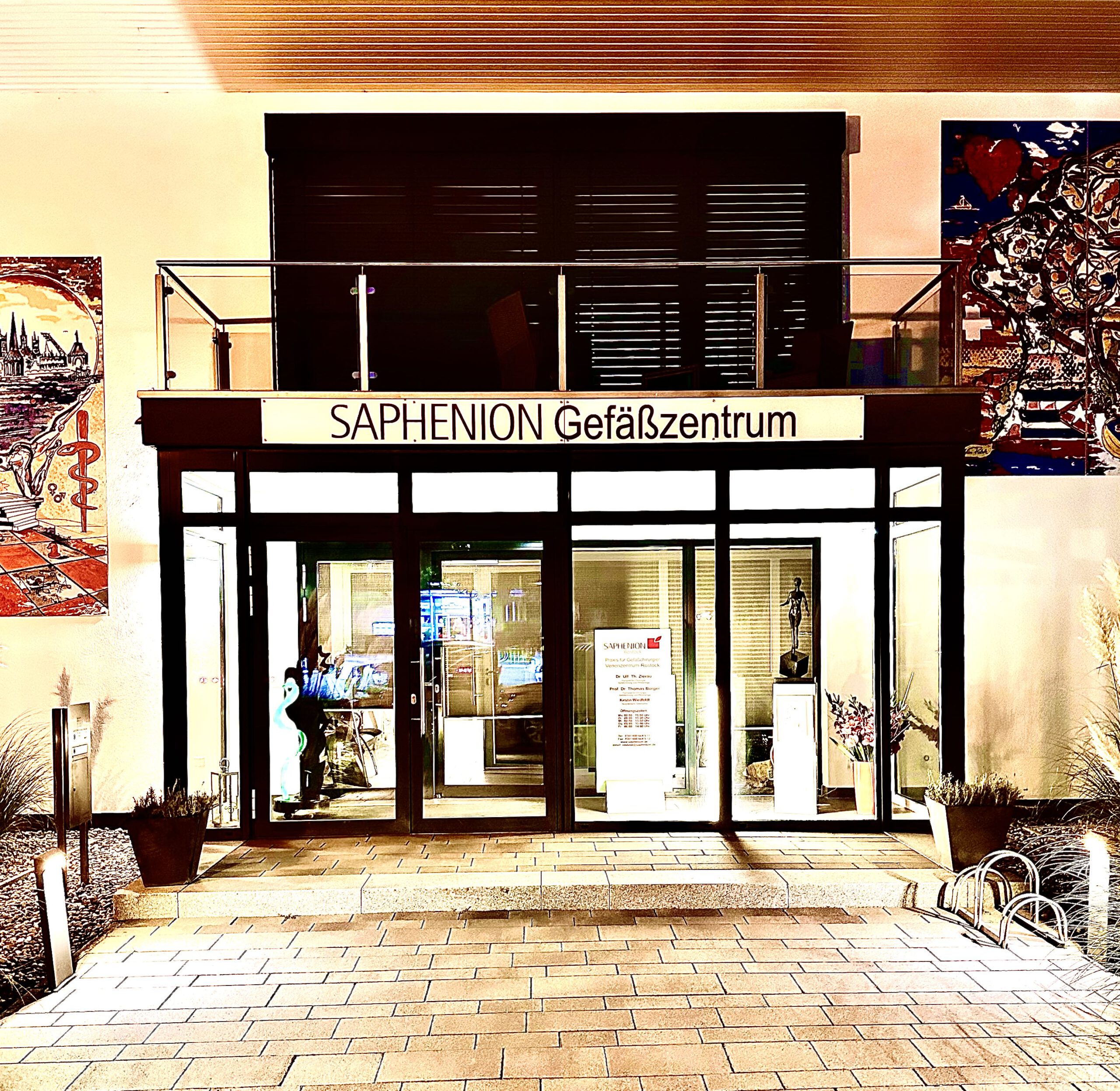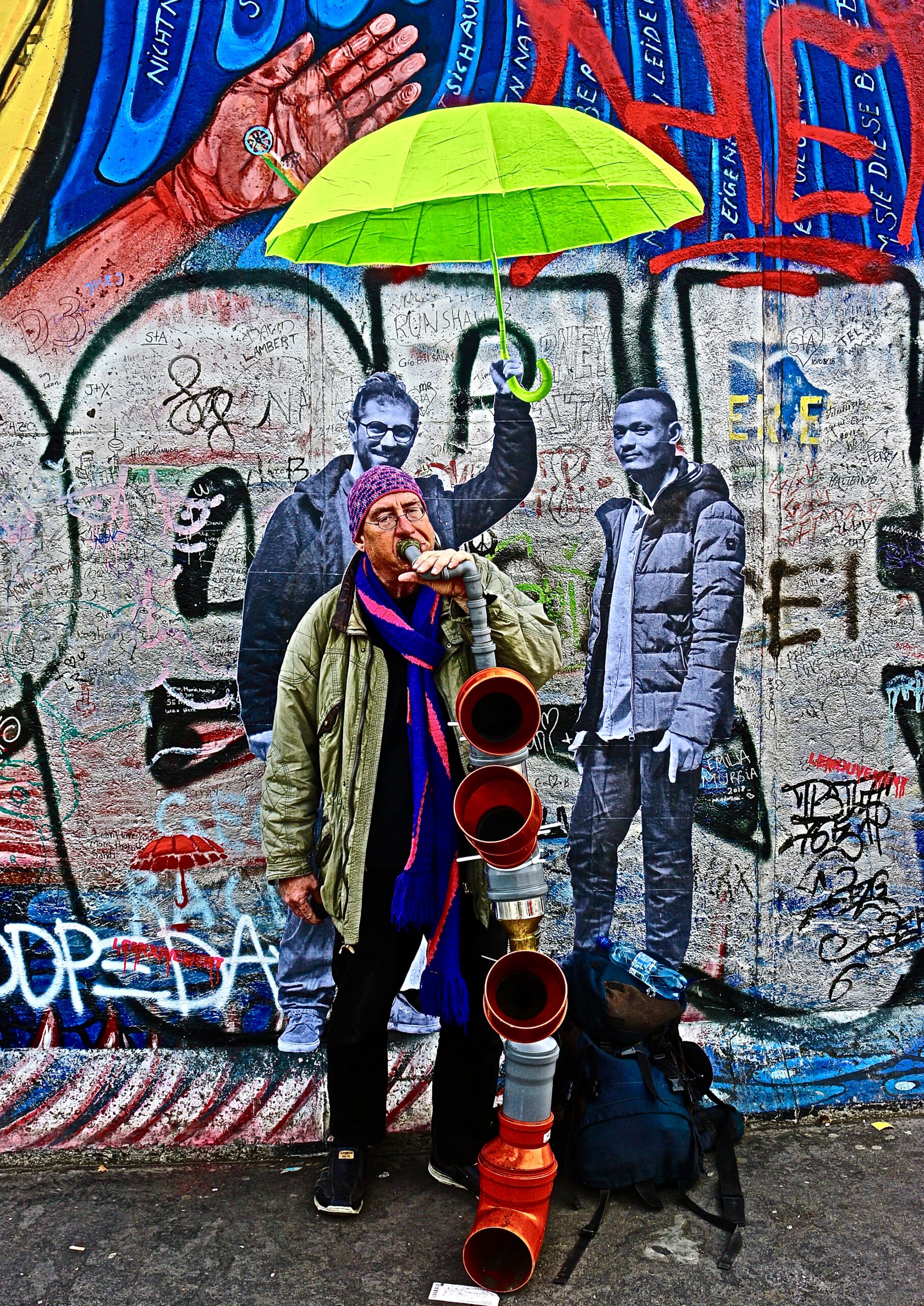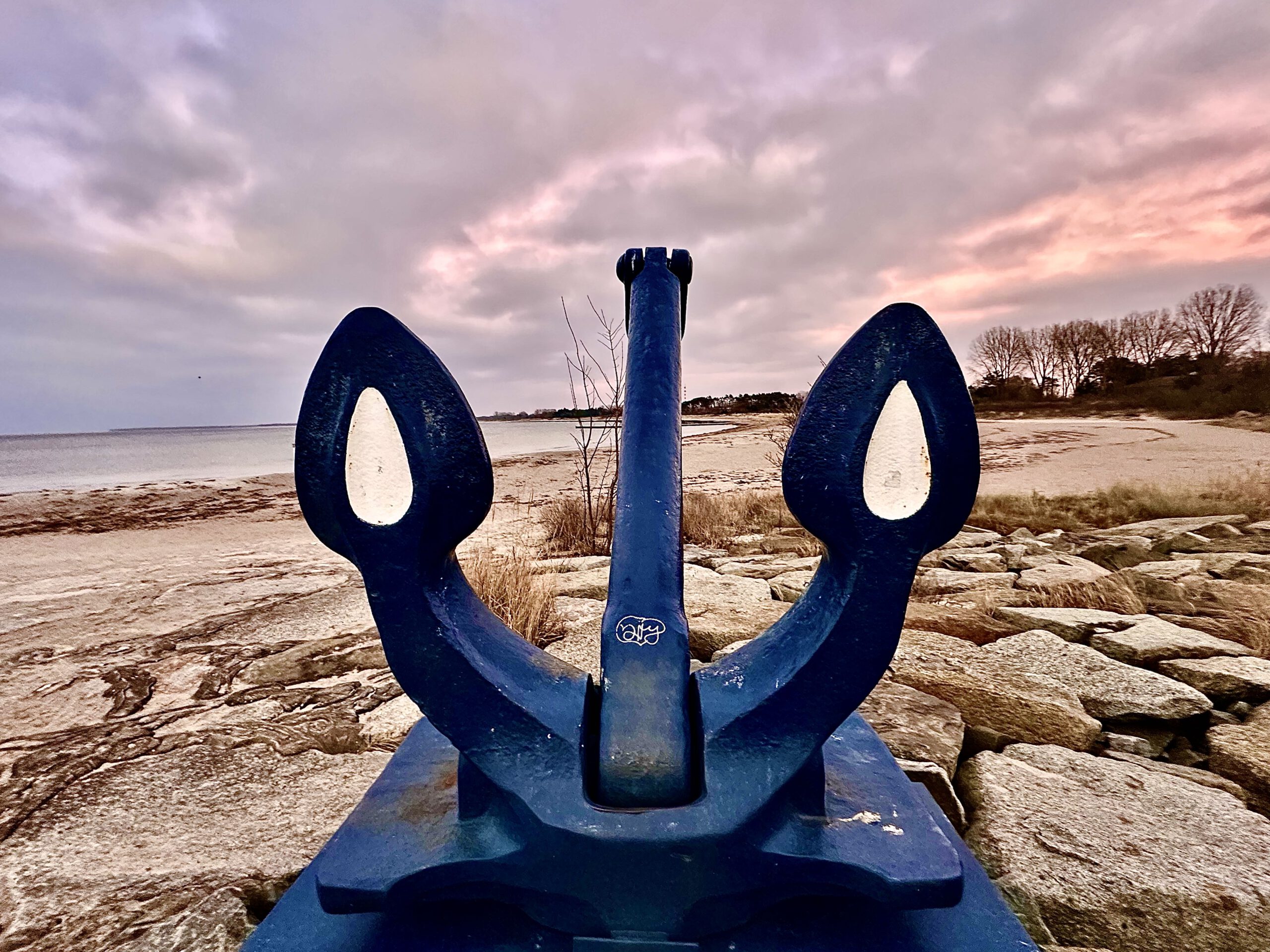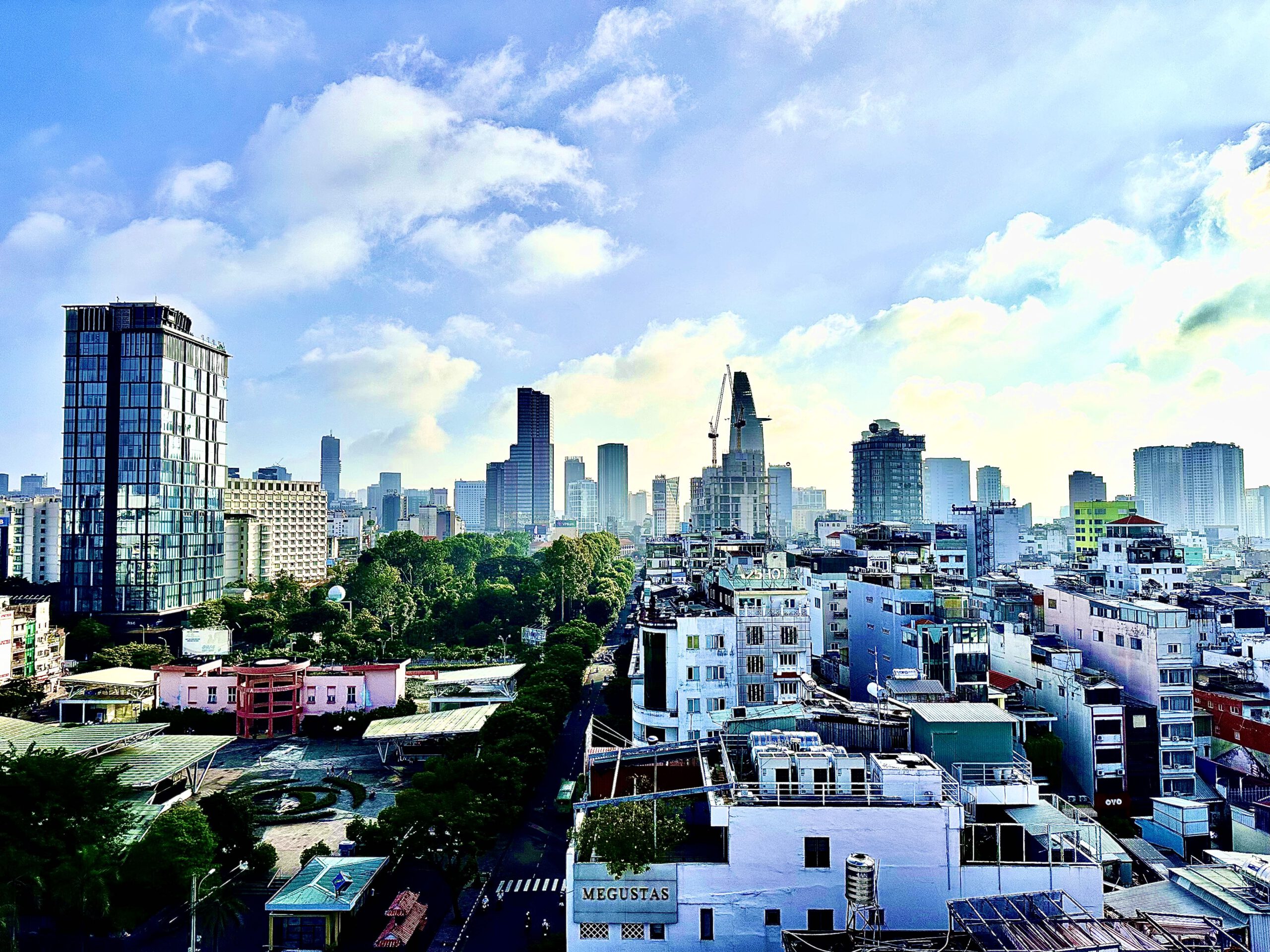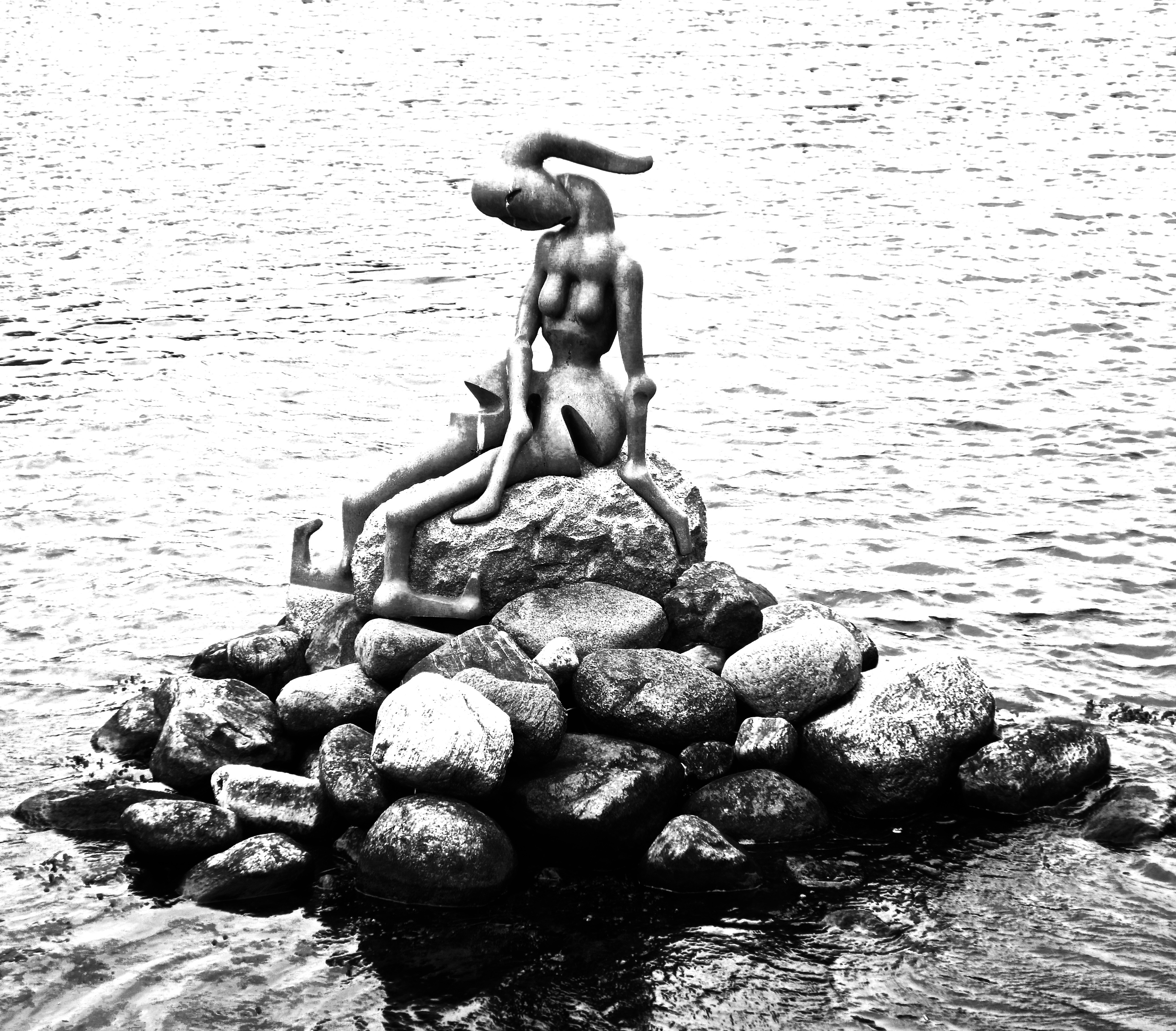Saphenion®: VenaSeal® Venenkleber 13 Jahre
Im August 2012 begannen wir mit dem VenaSeal® – System, als dritte Praxis in Deutschland. Der Grund für diesen Therapiewechsel lag in der Eröffnung unseres zweiten Praxisstandortes Saphenion® Gefäßzentrum Rostock am 1.8.2012. Wir wollten weg von der Narkose und grossflächigen Anästhesie, so schien uns das VenaSeal® – System als sehr gute Alternative, da es nicht mit thermischer Energie arbeitet. Von Beginn an führten wir eine lückenlose umfassende Statistik zur Technik der Methode, zu den Erfolgen und Mißerfolgen, zu Nebenwirkungen und Komplikationen und zu Schmerzen und Rekonvaleszenz durch. Dies führte dann nach den immer größeren Erfahrungen mit dem neuen System auch zu Anpassungen und Therapie- erweiterungen.
In August 2012, we became the third practice in Germany to start using the VenaSeal® system. The reason for this change in therapy was the opening of our second practice location, the Saphenion® Vascular Center Rostock, on 1. 8. 2012. We wanted to move away from anaesthesia and large-scale anaesthesia, so the VenaSeal® system seemed to us to be a very good alternative, as it does not work with thermal energy. Right from the start, we kept comprehensive statistics on the technique of the method, on successes and failures, on side effects and complications and on pain and convalescence. As we gained more and more experience with the new system, this led to adjustments and extensions to the therapy.
